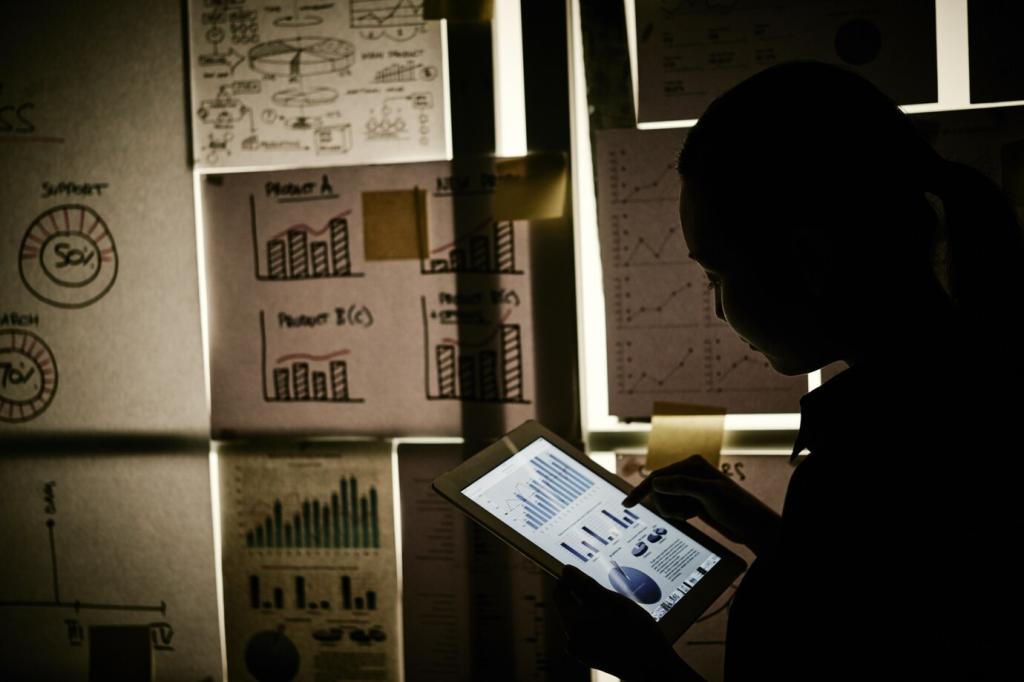Innovative AI modeling techniques are transforming the landscape of green building design and operation by introducing unprecedented levels of precision, efficiency, and sustainability. These advanced methods harness the power of artificial intelligence to address the complex environmental and operational challenges associated with constructing and maintaining eco-friendly buildings. As green buildings continue to gain prominence, leveraging AI-driven solutions ensures that resource usage is minimized, occupant comfort is maximized, and real-time data guides decisions for long-term sustainability. This page explores how innovative AI modeling techniques are reshaping every stage of green building development, from initial design to ongoing maintenance, and paving the way for a smarter, greener built environment.


IoT Integration with Predictive Analytics

